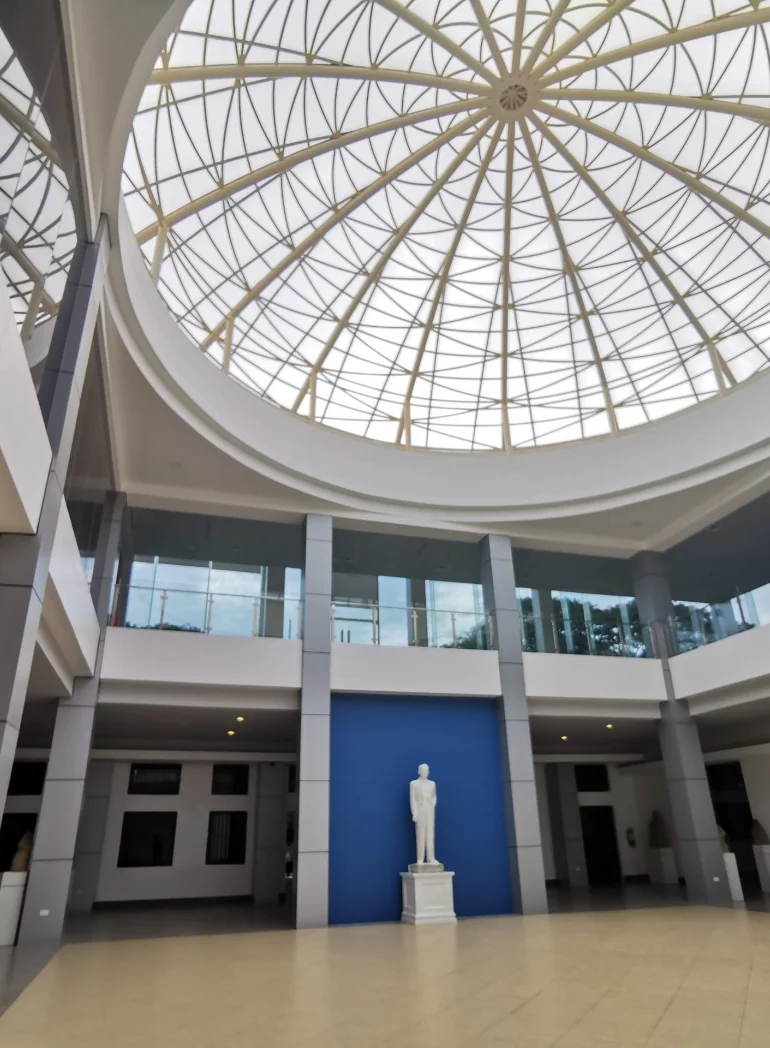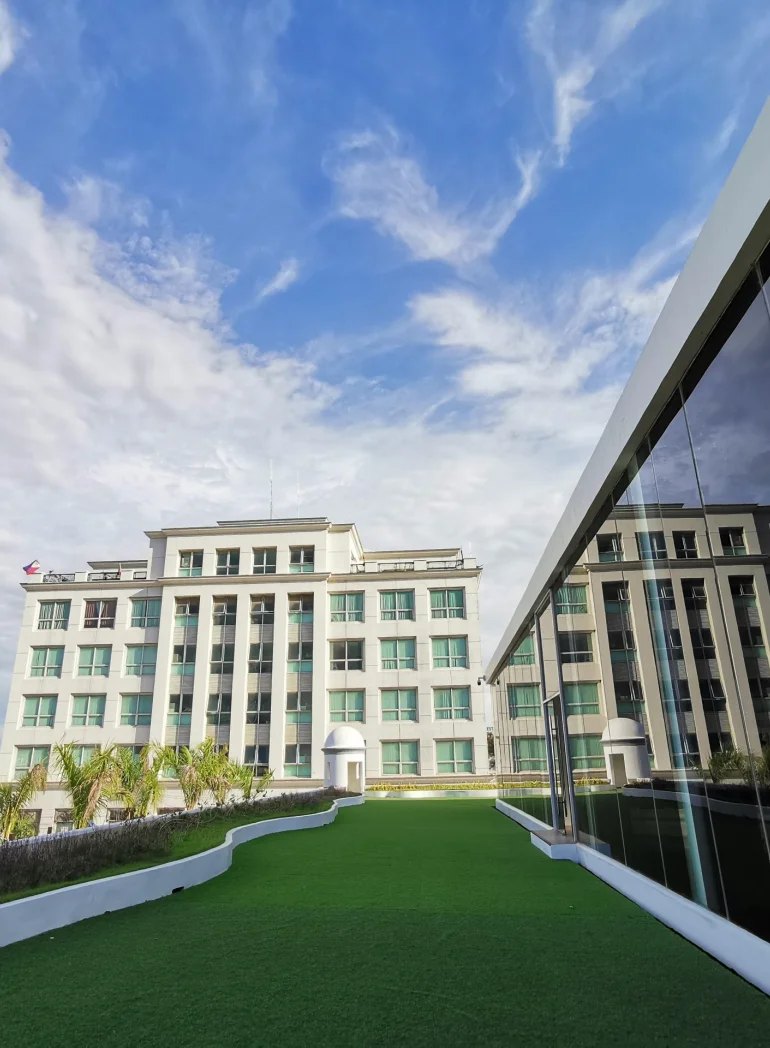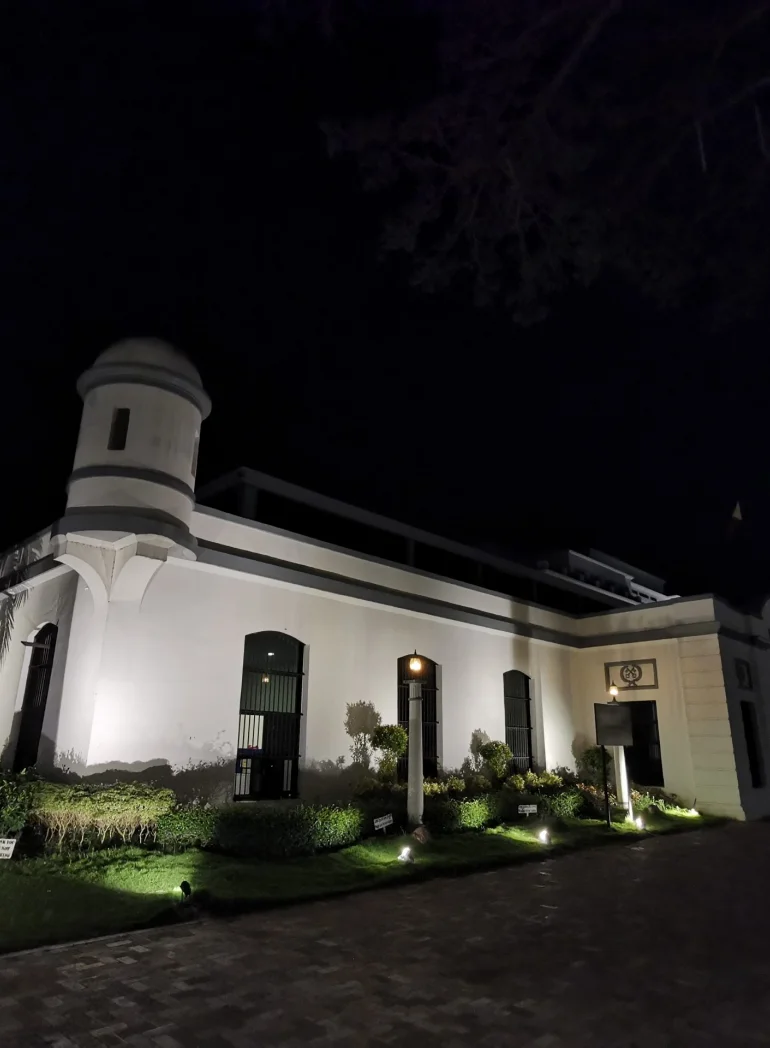Iloilo Provincial Jail
The National Museum Western Visayas – Iloilo Provincial Jail, was one of the first American structures built in the Philippines. The Iloilo Provincial Jail, also known as the Iloilo Rehabilitation Center (IRC) and Prison of Iloilo, was built in 1911 and was used as a jail until 2006. The more or less 860 square-meter building is located at the Iloilo Provincial Capitol Complex, Bonifacio Drive, City Proper, Iloilo City.
The National Museum of the Philippines (NMP) declared IRC an Important Cultural Property (ICP) on December 16, 2016 for its exceptional architectural, cultural and historical value. The jail was designed by Architect William Parsons, the then Consulting Architect of the Philippine Government working with the Bureau of Public Works and was in-charge of the designs of all public buildings and parks in the Philippine Islands. The original design followed the form-follows-function mantra of Modern architecture.
The jail was built during the term of former governor Ruperto Montinola, whose administration was marked by massive infrastructure projects including the 400-foot Forbes Bridge that connected Iloilo City to nearby Jaro and Lapaz, some 60 kilometers of roads and bridges in different Iloilo towns, and dredging of Iloilo River that made possible the entry and docking of big ships, renovation and expansion of the Provincial Capitol, which all significantly changed the economic and physical landscape of Iloilo. A former provincial prosecutor, Montinola believed that inmates deserved a place conducive for reformation and humane treatment. Other persons who were instrumental in the building of the jail were W. W. Barclay (Provincial Treasurer), George J. Muni (Acting Treasurer), Cirilo Mapa (Third Board Member), and H. O. Leary (Constructor).
The museum is set to open exhibitions featuring the Oton Gold Death Mask and Bugasong to Barcelona: Life and Works of Félix Laureano, First Filipino Photographer by Francisco G. Villanueva. It will also open permanent galleries featuring collections on archaeology, fine arts, and natural history of Western Visayas.


